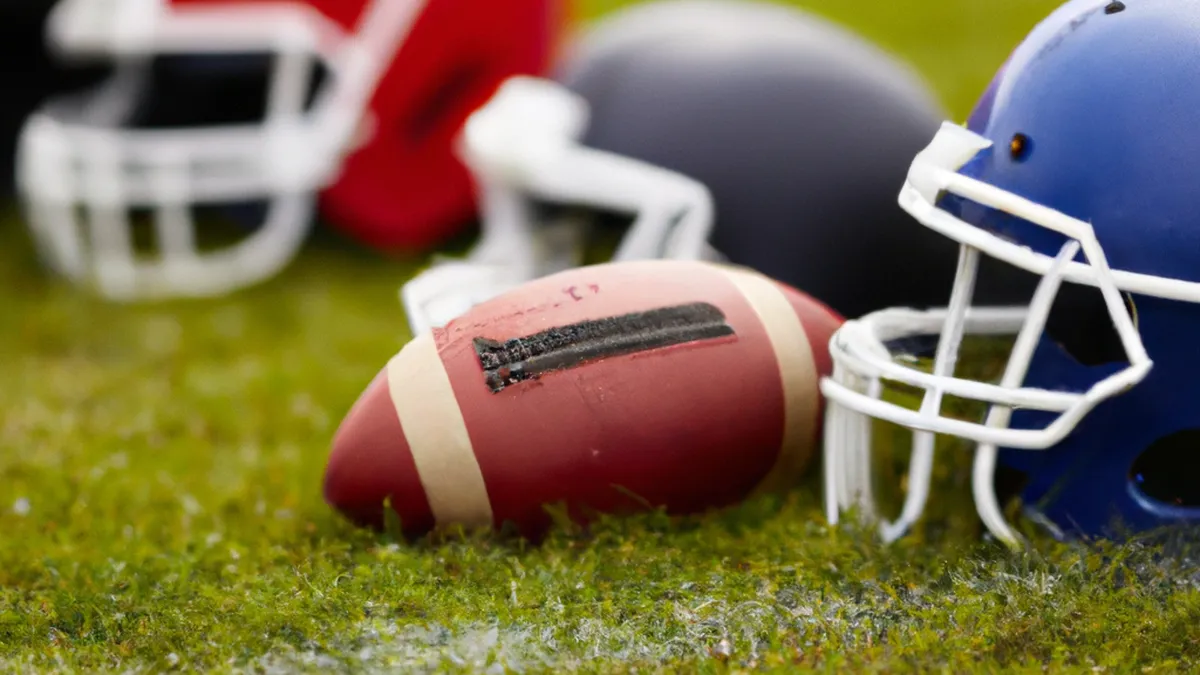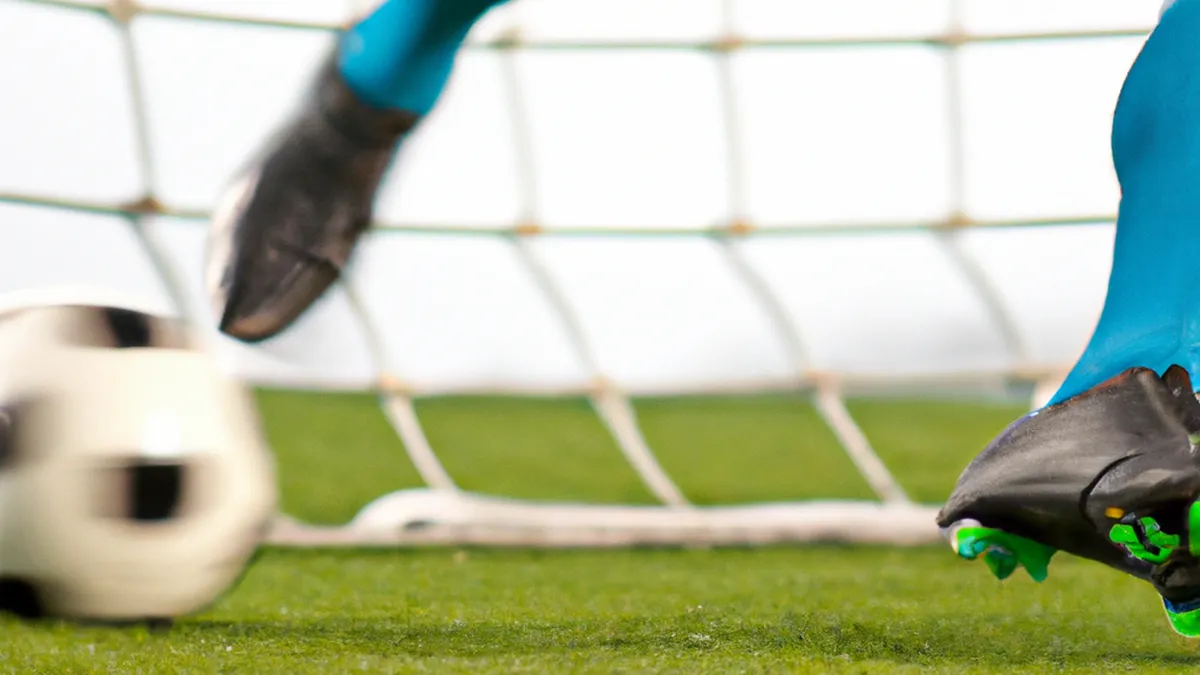Playmaker’s Craft: Dictating the Game Flow
The Role of a Playmaker in Modern Attacking Formations
As an Amazon Associate I earn from qualifying purchases.
Gear tip: consider Craft, tactics board and coach whistle to support this workout.
In modern football, playmakers play a crucial role. They orchestrate attacks, create chances, and dictate the game’s tempo. Advanced tactics have increased the importance of playmakers. Teams depend on them to unlock defenses and provide creativity, making them essential in contemporary football. This blog post examines playmakers’ roles, qualities, and effective integration into team strategies.
Understanding the Playmaker’s Role
Playmakers primarily operate in midfield, situated between defensive and attacking lines. They link defense to attack, facilitating smooth transitions across the pitch. Their main responsibility is to distribute the ball effectively. They use their vision and game understanding to create goal-scoring opportunities. Exceptional passing skills help them identify and exploit openings in opposing defenses.
Types of Playmakers
Playmakers fall into two main categories: deep-lying playmakers and advanced playmakers.
**Deep-Lying Playmakers**: These players operate near the defensive line, positioned in front of the back four. They control the game’s tempo and initiate attacks from deep areas. They excel at delivering precise long passes that switch play or find attackers. Examples include Andrea Pirlo and Sergio Busquets, who dictate games from deeper positions.
**Advanced Playmakers**: These players position themselves higher up the pitch, often between the opposition’s midfield and defense. They thrive in the final third, showcasing creativity and technical skills. Advanced playmakers take on defenders, find space, and make decisive passes that lead to goals. Players like Kevin De Bruyne and Bruno Fernandes exemplify this role, consistently contributing goals and assists.
Key Qualities of a Successful Playmaker
Successful playmakers possess specific traits that distinguish them. Here are essential qualities:
1. **Vision**: Playmakers must see plays develop before they happen. This skill helps them make quick decisions and anticipate teammates’ movements.
2. **Passing Accuracy**: They must deliver precise passes to maintain possession and create opportunities. Accurate execution of both short and long passes is vital.
3. **Creativity**: Successful playmakers think outside the box and find unconventional solutions to break down defenses. Their creativity can significantly change match outcomes.
4. **Composure**: Staying calm under pressure proves vital for any playmaker.
Conclusion
In summary, playmakers significantly impact modern football. Their unique qualities enhance team performance and dictate game dynamics.
Below are related products based on this post:
FAQ
What is the primary role of a playmaker in modern football?
The primary role of a playmaker in modern football is to orchestrate attacks, create chances, and dictate the game’s tempo. Positioned mainly in midfield, they link defense to attack and facilitate smooth transitions, using their vision and passing skills to create goal-scoring opportunities.
What are the two main types of playmakers?
The two main types of playmakers are deep-lying playmakers and advanced playmakers. Deep-lying playmakers operate near the defensive line and control the game’s tempo from deeper positions, while advanced playmakers position themselves higher up the pitch, focusing on creativity and making decisive passes in the final third.
What qualities make a successful playmaker?
Successful playmakers possess qualities such as vision, which allows them to see plays develop; passing accuracy for maintaining possession and creating opportunities; creativity to find unconventional solutions; and composure to stay calm under pressure. These traits are essential for making a significant impact on the game.















Post Comment